SEP 25, 2020
Gemini Supports New DeFi Tokens
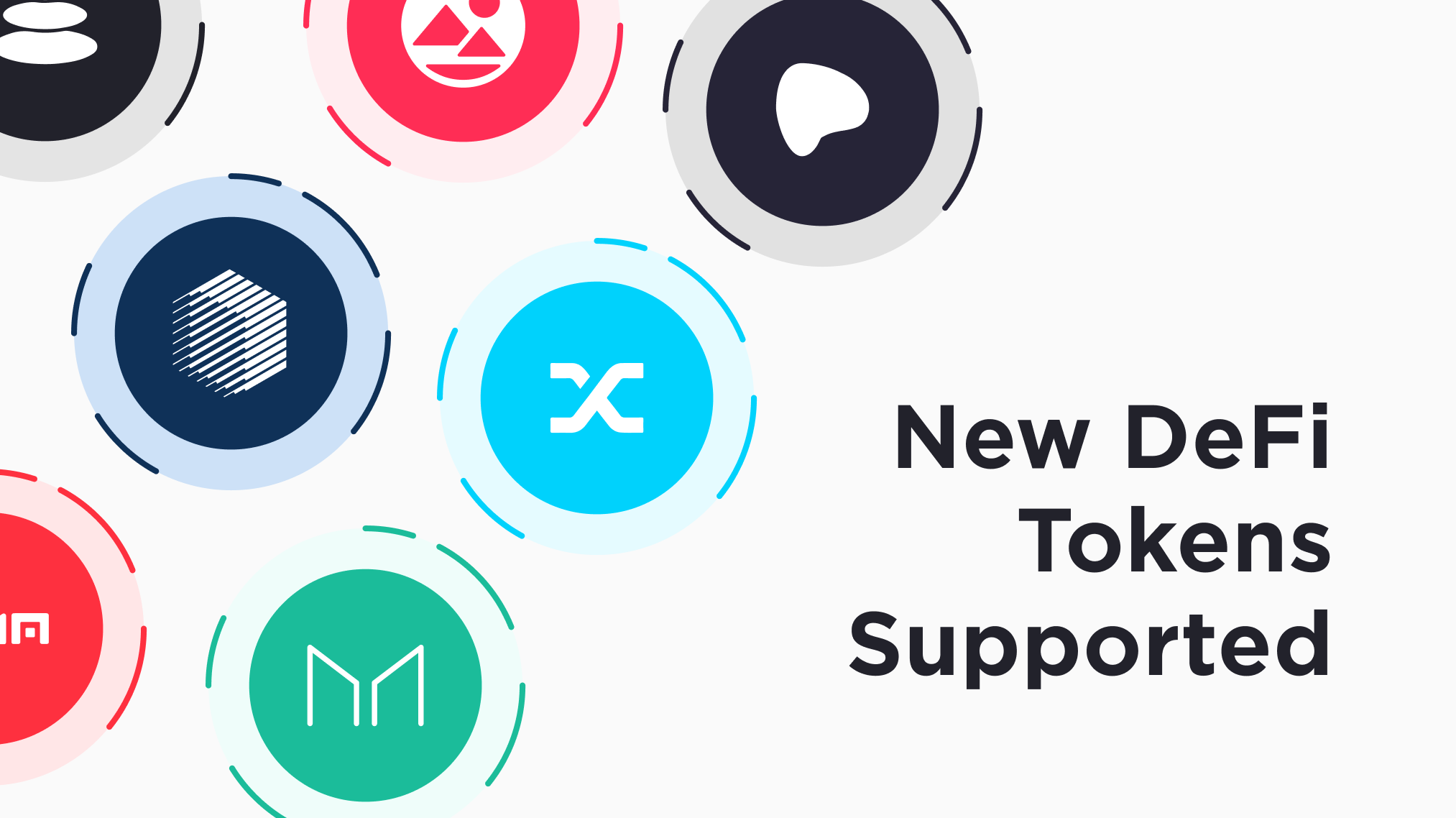
Today, we are pleased to announce new support for DeFi tokens. Trading and custody are now available for the following seven tokens, which are entirely new on our platform: Balancer (BAL), Curve (CRV), Ren Network (REN), Synthetix Network (SNX), Uma (UMA), Uniswap (UNI), and Yearn.finance (YFI).
The following five tokens, which had been previously only supported for custody, are now also available for trading: Decentraland (MANA), Kyber Network (KNC), Maker (MKR), Storj (STORJ), and 0x (ZRX).
And finally, the following three tokens, which are entirely new on our platform as well, are now supported for custody: Keep Network (KEEP), Wrapped Bitcoin (wBTC), and tBTC (tBTC).
With these new token additions, we now offer trading and custody support for a total of 24 cryptos and custody support for another 10 cryptos. Learn more about these cryptos .
We are proud to be the first regulated platform to offer trading and custody support in the State of New York for the following tokens: BAL, CRV, KNC, MKR, REN, SNX, STORJ, UMA, UNI, YFI, and ZRX.
The Decentralized Finance (DeFi) revolution is coming into bloom and it presents the possibility of permissionless, bankless, alternatives to the legacy financial system. Its promise is aligned with our ethos of giving you greater choice, independence, and opportunity. And these new tokens make up some of the major building blocks of DeFi.
We look forward to continuing to bring you mission-oriented crypto projects in the future.
Please contact with any questions.
Onward and Upward,
Team Gemini
*Note: DeFi presents unique risks. The listing of a DeFi token on Gemini does not indicate that Gemini or any regulatory authority has endorsed the underlying project or protocol. While some of our customers may choose to participate in the DeFi ecosystem, Gemini makes no recommendation that they do so. *
Learn more about these new tokens below:
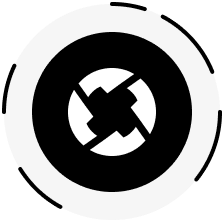
0x (ZRX)
ZRX is the governance token of 0x, an open protocol for decentralized exchange on the Ethereum blockchain. The 0x protocol aims to create an open standard for decentralized applications (dApps) that want to build decentralized exchange (DEX) functionality by providing a mechanism that allows an order book and order placement to be made off-chain while keeping trade settlement on-chain. This increases efficiency by eliminating the cost to post, modify, or cancel an order and reduces the burden on the Ethereum network by limiting on-chain transactions to trade settlement, the moment when value is actually transferred. You can see the and more information by following the link.

Balancer (BAL)
BAL is the governance token of the Balancer protocol, a non-custodial portfolio manager and automated market maker built on Ethereum that pools up to eight different tokens for users to trade. These Balancer pools are self-balancing weighted portfolios with specific triggers, and the Balancer protocol allows all Ethereum accounts to add tokens to existing public pools or create their own private pools. The resulting market system creates a structure resembling an Exchange Traded Fund (ETF), which continuously rebalances and pays both trading fees and BAL tokens to liquidity providers. You can see the and more information by following the link.

Curve (CRV)
CRV is the governance token of Curve, a decentralized exchange optimized for low slippage and low fee swaps between assets pegged to the same value. CRV is a governance token and is also used to pay liquidity providers. Curve is an automated market maker that operates similarly to Balancer, relying on liquidity pools and rewarding those who fund the pools, except it only deals with stablecoins (e.g., DAI, TUSD, sUSD, GUSD, bUSD, USDC, etc.). For this reason, it can be useful to crypto users seeking to swap stablecoins, traders looking for arbitrage opportunities, and liquidity providers who earn trading and interest fees. It also offers an incentivizing boost mechanism for users to lock in their token holdings for up to four years, allowing them to earn more on their liquidity and receive more in trading fees. Because fees depend on trading volumes, liquidity providers earn more value on days with high volume and high volatility. You can see the and more information by following the link.

Decentraland (MANA)
MANA is the digital asset token used to pay for goods and services in Decentraland, a blockchain-based virtual reality platform where users can buy, develop, and sell LAND, a non-fungible ERC-721 token that represents the ownership of virtual land in Decentraland. Each parcel of LAND is unique and owners get to choose what content they want to publish on their portion land, which can range from a simple, static scene to an interactive game. MANA can be used to purchase LAND as well as all other goods and services in Decentraland. In Decentraland, users can connect and interact with each other, create content, and play games, as well as engage in a virtual economy and monetize the content and applications they build. You can see the and more information by following the link.
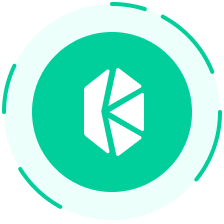
Kyber Network (KNC)
KNC is a token that provides a governance, treasury, and economic function on the Kyber Network, a decentralized on-chain liquidity protocol designed to make trading tokens simple, efficient, robust, and secure via smart contracts. Here’s how it works: A user who is looking to trade token A for token B will deposit token A into the reserve pool and detail their conditions for the trade. The pool will then match the trade to the most favorable rate as determined by third party liquidity providers and smart contract monitors within the network called Reserve Managers. If the match is acceptable to the initiator, the smart contract will release token B back to them in an instant transaction processed by the network. KNC holders can stake KNC in the network, vote on parameters, and earn staking rewards in ETH. The open source nature of the network allows any decentralized application to tap into its smart contract system and use Kyber Network as liquidity infrastructure to transfer, exchange, or otherwise interact. You can see the and more information by following the link.
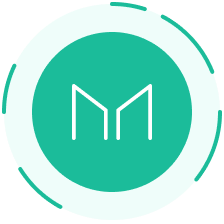
Maker (MKR)
MKR is the governance token of the Maker protocol, a peer-to-contract lending platform that powers the DAI stablecoin. Those that hold MKR have the ability to participate in the governance of the Maker Protocol, which means voting on the protocol’s collateral parameters, stability fees, savings rates, and more — thereby giving holders a stake in the management of the financial risks of Dai. You can see the and more information by following the link.
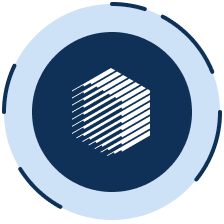
Ren Network (REN)
REN is the native token of the Ren protocol, an open protocol that enables the permissionless and private transfer of value between any blockchain. Ren's core product, RenVM, brings interoperability to decentralized finance (DeFi). REN primarily functions as a bond to run a Darknode, which powers the network (RenVM). Darknodes (and those who run them) earn rewards (in BTC, ETH, ZEC, etc.) for contributing to the network. You can see the and more information by following the link.

Storj (STORJ)
STORJ is a digital asset token that can be used to pay for services on Storj, a decentralized, peer-to-peer cloud storage network. It aims to connect users looking to purchase storage space with users who have hard drive space to sell — thus eliminating the need for a trusted third party. This solves for most traditional data breaches, failures, and outages, while at the same time increasing a user’s security, privacy, and data control. Users are incentivized to use STORJ tokens for these purchases, however, the network also supports fiat currencies. Users who provide hardware for storage purposes also earn STORJ tokens. You can see the and more information by following the link.
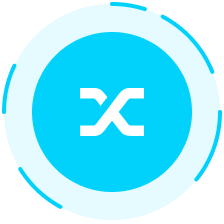
__Synthetix Network (SNX) __
SNX is a token for minting synthetic assets on the Synthetix Network, a decentralized trading ecosystem. Synthetix is an asset issuance protocol, where users can create “synthetic” versions of stocks, crypto, or other financial instruments through smart contracts. There is an exchange as well as a decentralized application to facilitate trading of the instruments issued on Synthetix. The SNX token is an entry point into Synthetix — in order to participate in the ecosystem, users can stake their SNX tokens. By doing so, users can obtain synthetic USD, or sUSD, or another synthetic instrument such as sBTC. You can see the and more information by following the link.

Uma (UMA)
UMA is the governance token of the Universal Market Access (UMA) project, a protocol for the development, issuance, and settlement of synthetic tokens for any underlying asset built on the Ethereum blockchain. A user can generate and create smart contract-governed meta-tokens based off of a derivative, and then take a position long or short of that asset without needing to hold the underlying asset. UMA uses its Data Verification Mechanism (DVM) to resolve disputes over improper liquidations of collateral. UMA token holders are called in to vote on these disputes. You can see the and more information by following the link.

Uniswap (UNI)
UNI is the governance token of Uniswap, a decentralized exchange that uses liquidity pools (LPs) to make markets instead of a typical order book. These pools are defined by smart contracts that facilitate the swapping of tokens and the adding of liquidity — there are no order books, centralized parties, or central facilitators. Uniswap users pool two assets that are then traded against, with the price determined by the ratio between the two. Anyone with ERC-20 tokens can add liquidity to these pools by adding an equal value of each token to the LP. When providing liquidity to an LP, users receive a LP token that is redeemable for the underlying assets plus fees at any time, and fees are evenly distributed amongst the individual pool. You can see the and more information by following the link.

Yearn.finance (YFI)
YFI is the governance token of Yearn.finance, a decentralized aggregator of various lending protocols that optimizes for the highest yield. It utilizes lending services such as Aave, StableCredit, Compound, Dydx, and dXdY to optimize token lending by aggregating several DeFi platforms and then queries them for whichever provides the highest annual yield and allocates assets accordingly. YFI is used for governance over the network and is distributed exclusively through active participation and liquidity provision. You can see the and more information by following the link.
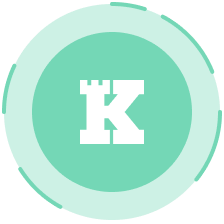
__Keep Network (KEEP) __
KEEP is the token that powers Keep, a privacy layer for public blockchains allowing users and apps to privately transfer information from one party to another and store data in off-chain containers called “keeps.” KEEP is a work token, which means that its holders have the right to perform major functions on the network. This work is to allow off-chain storage and retrieval of private information. KEEP holders are required to delegate a minimum amount of their tokens as collateral and provide storage space in order to earn rewards. You can see the and more information by following the link.
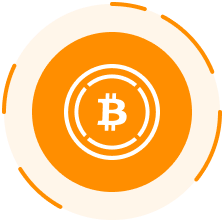
__Wrapped Bitcoin (wBTC) __
wBTC is a wrapped version of BTC, which means that it is backed 1:1 with bitcoin. This wrapped token brings the value of bitcoin into the Ethereum ecosystem. wBTC can be traded on Decentralized Exchanges (DEXs) like Uniswap, and borrowed and lent on Compound and Aave. With wBTC, the custody method is more centralized and managed by a consortium of firms. You can see the and more information by following the link.
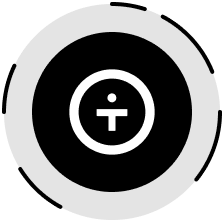
tBTC (tBTC)
tBTC is a Bitcoin-backed token pegged to the price of bitcoin. It allows holders to use bitcoin on the Ethereum blockchain and access the DeFi ecosystem. A user can obtain tBTC by depositing BTC into a specific wallet through the tBTC Decentralized App within the Bitcoin blockchain. With tBTC, the custody method is a decentralized pool of custodians who each have to supply a good behavior collateral bond in Ether. You can see the and more information by following the link.